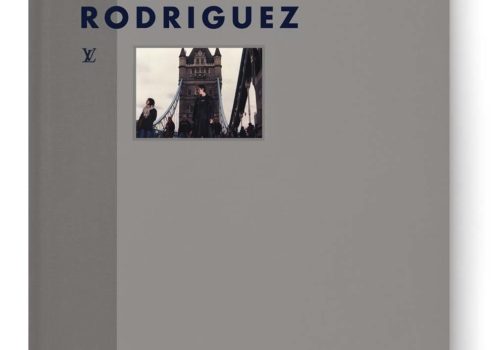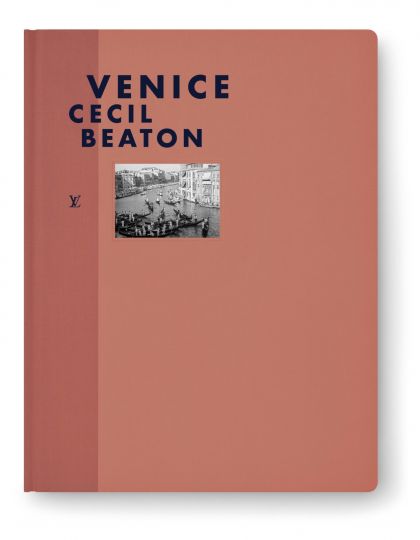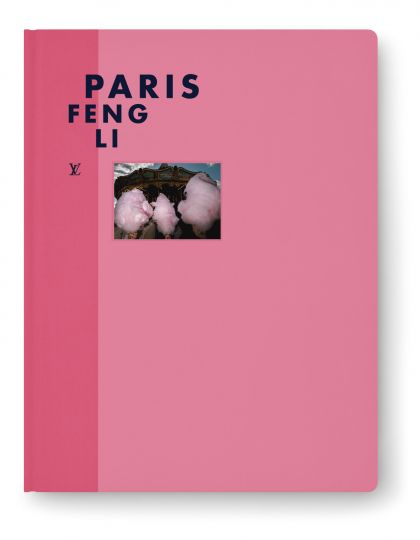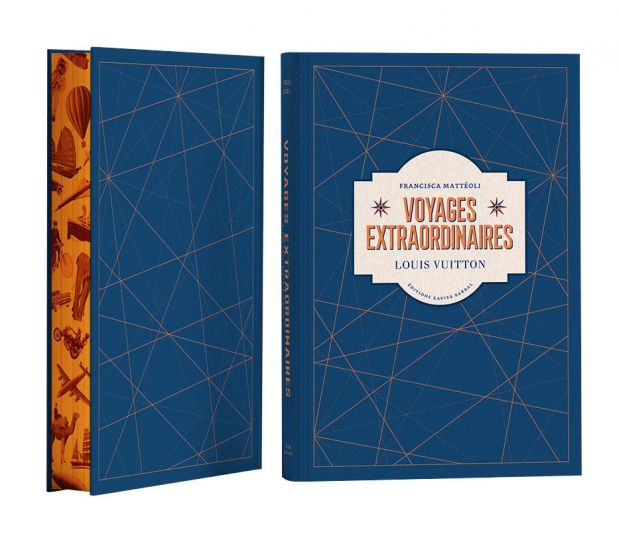Synonymous with the art of travel since 1854, Louis Vuitton continues to add titles to its “Fashion Eye” collection. Each book focuses on a city, region or country as seen through the eyes of a photographer. For the first time, the collection focuses on the British capital. Robi Rodriguez imagines a cold London, in shadow and fiction.
“See great art from around the world “*. Robi Rodriguez’s London begins with a warning shot, or a stroke of irony, as the case may be. The injunction is inscribed on the pediment of the Tate Modern. We find the building and its mantra at the opening of the work. A wide view from the Millennium Bridge, where the museum, conceived as a block, is silhouetted against the white of a faint sky, a crowd of absent faces, a low-angled winter light, and the discreet presence of the Millennium Bridge.
In this shot, the fragments of the Spanish photographer’s London are in the making. A consistent, uniform puzzle, pleasant to put together, which unfolds in the book, page after page. Unknown, often lonely faces can be seen. In these faces, glances caught in the darkness, playing with the shadows and the light. And all around these solitary actors, symbolic sites of the British capital, the Thames, the bridges, low angle street corners.
But let’s go back to this double first page. The sentence is not insignificant. This is the photographer’s very first London fragment. A few pages later, other typographies, other pediments in capital letters, other lettering appear. The Hayward Gallery in a play of lines and curves… The National Theatre… The London Bridge… New Scotland Yard…
These enumerations in full letters, mainly of places, would indicate at first sight a simple geographical reality. Here is London, here is a new page of street photography, as one would find Tokyo by its caligraphic signs or Paris by its names of cafés printed on the front of terraces. A place, another place and for those who know not to linger, a simple stroll through the city. This story would be quite simple. But it is not forbidden to think that the signified has a little more to it.
Rodriguez’s inscriptions can be read in relation to the street, those who live there and the elements that stand out. The lettering acts as a repellent. Where the National Theatre sign stands out in the foreground, the body of an actress lost in a concrete structure appears discreetly, crushed by the camera as well as by the building – almost a tragedy, transposing the theatre to the image.
Where New Scotland Yard stands out, a sad-faced woman wanders, looking white in her dark clothes. Without the sign and the evocation of the Metropolitan Police Headquarters, the image would be added to the (pleasant and) romantic lexicon of clichés of sad people. Rather than documenting it, or the situation, the phrase acts on the image’s imagination. The pediment gives it theatricality. Is she a victim? A culprit? A policewoman?
By pulling too hard on the image and its meaning, the imaginary takes precedence over the printed word. Let’s admit the process, since the photographer urges us to search his images: “their meanings must echo each other”. Photographing London means seeing it differently from the way it is. You have to imagine it, and at the same time look at the book, through the prism of lies, through the prism of deception, of fiction. These images are nothing more than pretences. “This story aims to offer something other than the everyday reality of the city,” Rodriguez reveals. And nothing is more deceptive than reality.
The graphic composition of the photographer and the graphic designers (Lords of Design) subtly overplays the very idea of film, and therefore of fiction. The images are repeated at the bottom of the page, shifted on the image, reproduced as if the silver film had jumped onto photosensitive paper. When reading, this process gives the sensation of unrolling a film, or reading a contact sheet, and seeing the images jump around to retain only snippets that would strike the imagination.
It’s a simple find that expresses all the powerful brevity of a flash. How many times have we wanted to fix in our memory a look we have seen in the street? A closed face, a tense mouth, a hard or cheerful eye? The sensation of surprise that often fades immediately, as the retina re-imagines, replaying people, all along the street. Faces follow one another in Rodriguez’s book like so many echoes. His London is a flash of light, and its colour is the shadow and its radiance flashes.
There are silhouettes in the distance in the cut-out of a ledge, then bodies brandished head-on, faces that are sometimes suspicious and sometimes threatening, bodies that are swaggering and questioning. Forced poses that make people look taller or make them look like fools. A crowd that is never together and heads that never have all their bodies. And all this multitude disappears and reappears, like a haunting dream. Pages are turned and the echoes still resound, fade, disappear on a word: dreams.
Robi Rodriguez – London
Éditions Louis Vuitton, 2021
Published in the ‘Fashion Eye’ collection, directed by Julien Guerrier.
Edited by Damien Poulain
Graphic design by Lords of Design.
Bilingual French-English, 96 pages.
Available in bookshops or online



















